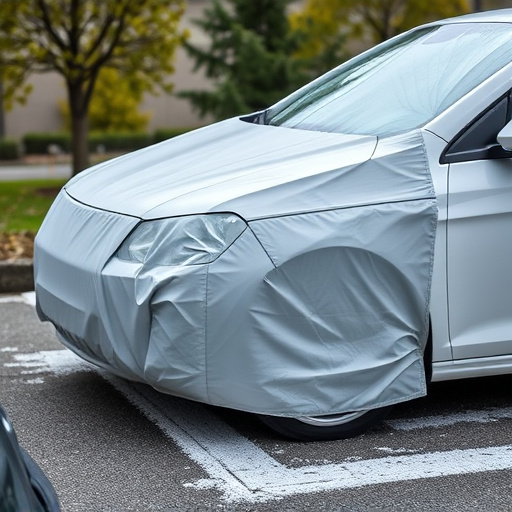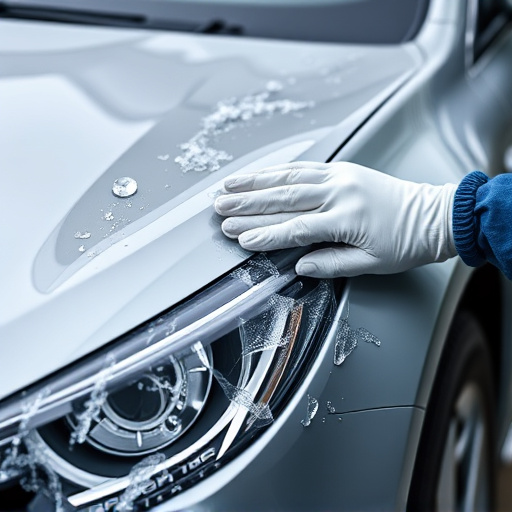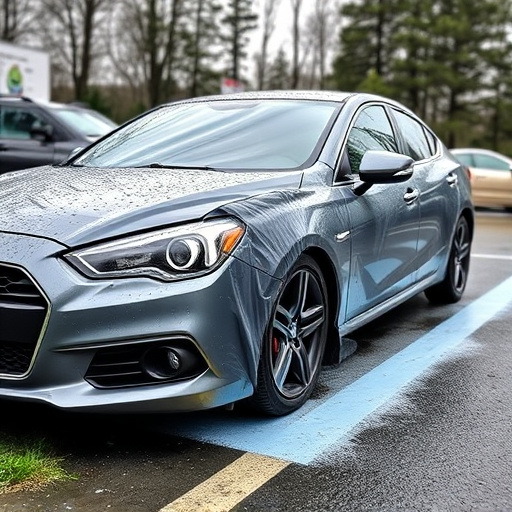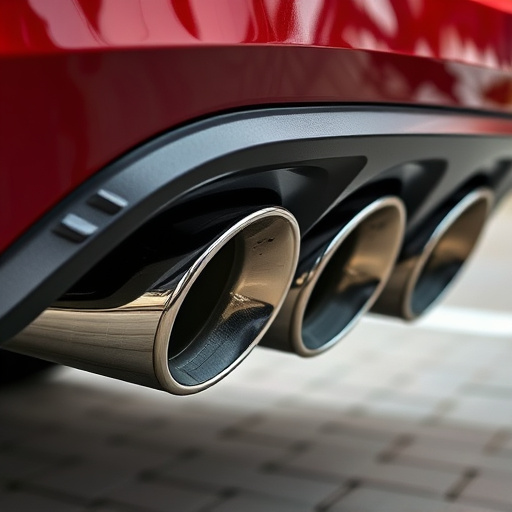Before applying scratch protection film, conduct a thorough inspection of your vehicle's paint job, identifying existing scratches and damage, especially in high-risk areas like door handles and bumpers. Wash and dry your car, then assess paint swirls or chips that might affect adhesion. Consider sunlight exposure and environmental damage points; select the best type of scratch protection film for optimal results, from basic top coats to advanced UV protective solutions. For extra protection, complement with window tinting or custom vehicle wraps, focusing on uncovered areas.
“Before applying a scratch protection film, ensuring your vehicle’s surface is prepared is paramount. This comprehensive guide details the essential steps to safeguard your car’s paintwork. Begin by assessing your vehicle’s condition, identifying existing scratches and their severity. Then, meticulously prepare the surface: clean, decontaminate, and dry it thoroughly. Remove any wax or polish residue for optimal adhesion. Follow best practices during application to achieve a seamless, durable finish, enhancing your vehicle’s protective barrier against everyday wear and tear.”
- Assessing Your Vehicle's Condition
- – Understanding the current state of your car's paintwork and scratches
- – Identifying areas that require attention and protection
Assessing Your Vehicle's Condition

Before applying scratch protection film, it’s crucial to assess your vehicle’s condition. This involves thoroughly inspecting the paint job, checking for existing scratches, swirls, or any signs of damage. Pay close attention to areas that are more prone to scrapes, such as door handles, bumpers, and the lower parts of the car, as these may require extra protection. The goal is to identify potential issues that could affect the adhesion and effectiveness of the scratch protection film.
Additionally, consider factors like sunlight exposure, which can lead to UV damage over time, causing the paint to fade or become brittle. If your vehicle spends a lot of time outdoors, opting for scratch protection film with UV protection properties might be a wise choice for long-term car customization. This step ensures that your investment in the film not only safeguards against scratches but also preserves the overall appearance and value of your vehicle.
– Understanding the current state of your car's paintwork and scratches

Before applying scratch protection film, it’s crucial to assess your car’s paintwork and existing scratches. The current state of your vehicle’s finish plays a significant role in determining the best approach for application. Begin by thoroughly washing and drying your car to ensure a clean canvas. During this process, pay close attention to any visible defects, such as swirls, scratches, or chips in the paint. These imperfections can impact the adhesion and effectiveness of the scratch protection film.
Inspecting your car’s surface also helps identify areas that may require additional preparation. Deep scratches or severe damage might need professional restoration before applying the film. Moreover, understanding the extent of wear and tear enables you to choose the appropriate type of scratch protection film, whether it’s a simple top coat or a more advanced solution incorporating UV protection and ceramic window tinting, ensuring optimal results for maintaining your vehicle’s pristine appearance.
– Identifying areas that require attention and protection

Before applying scratch protection film, it’s crucial to assess your vehicle thoroughly and identify areas needing special attention. Look closely at high-traffic zones like door handles, bumper edges, and lower body panels – these are common spots for minor scratches and scuffs. Consider areas prone to environmental damage, such as the front end where debris from parking lots or road salt can accumulate. Window tinting and custom vehicle wraps offer added protection beyond scratch protection film, but they aren’t a replacement for it; focus on areas not typically covered by these additional modifications.
Before applying scratch protection film, it’s crucial to assess your vehicle’s condition. By understanding the current state of your car’s paintwork and identifying areas requiring protection, you can ensure optimal results. Scratch protection film is a game-changer in safeguarding your vehicle’s aesthetics, so take the time to prepare and navigate this process meticulously.














